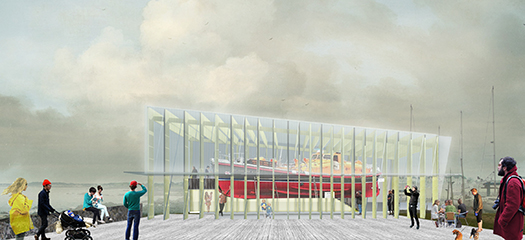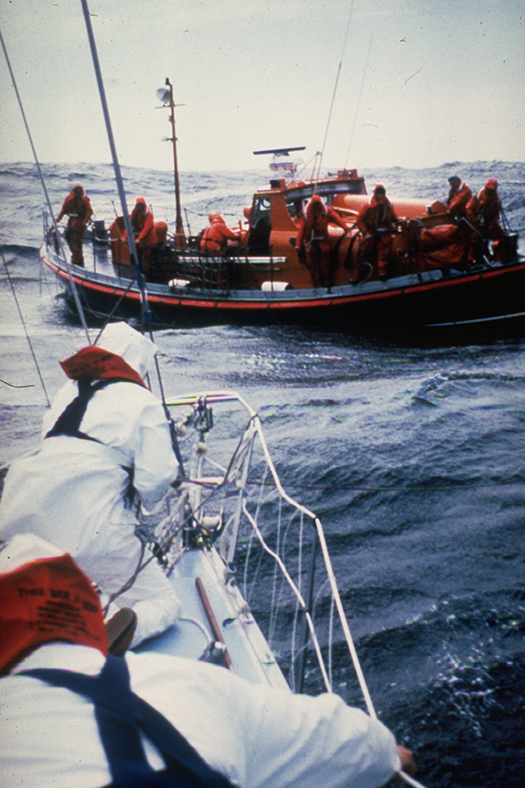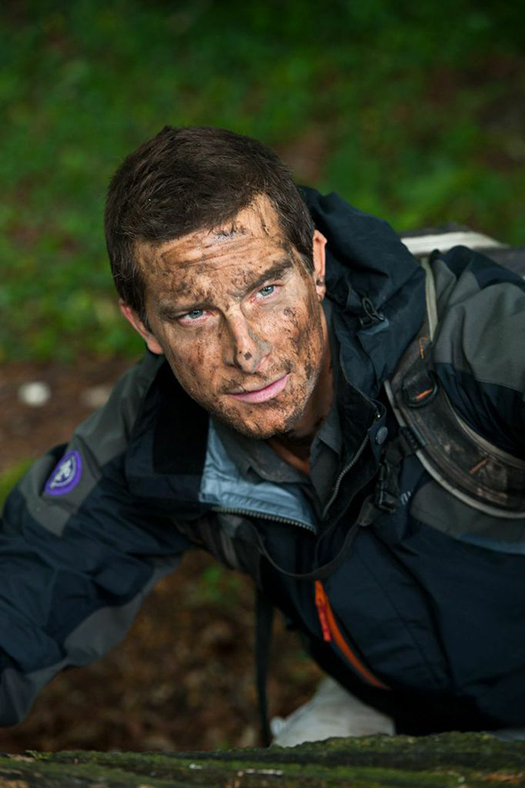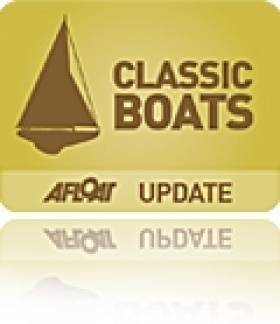Displaying items by tag: Bear Grylls
#beargryllslifeboat – TV adventurer, Bear Grylls, has given his support to a campaign to save Ireland's most famous lifeboat. His great grandfather, Sir Walter Smiles, was among 130 people who died in the Princess Victoria tragedy of 1953. The Royal National Lifeboat Institution's volunteer crew at Donaghadee in Northern Ireland, aboard the Sir Samuel Kelly lifeboat, risked their lives in monstrous seas to save 33 passengers. The lifeboat was also involved in saving yachtsmen during the Fastnet yacht race disaster in 1979.
Bear Grylls said: "I am delighted to express my support and extend my best wishes to the Sir Samuel Kelly Project.
"I do so out of respect for the 133 passengers who were lost in the Princess Victoria tragedy of 1953. The dead include my great grandfather Sir Walter Smiles at whose home in Donaghadee I spent many happy summer days as a boy.
"I do so also out of respect for the Royal National Lifeboat Institution and the volunteer crew of the Sir Samuel Kelly lifeboat who battled monstrous seas for 36 hours and risked their own lives to rescue 33 people from the ferry. To the crew of today's RNLI lifeboat based in Donaghadee, and the 234 RNLI lifeboat crews around the coasts of Britain and Ireland, I express my admiration at their courage and commitment.
"The restoration and preservation of the Sir Samuel Kelly lifeboat, and the construction of a heritage centre in Donaghadee to provide it with a permanent home, will create a fitting memorial to all those who were touched by the Princess Victoria tragedy. It will be a lasting reminder that we are all at the mercy of nature and of the need for preparedness and professionalism when saving lives at sea."
The SSK Project is a public appeal, initially to raise between £15,000 and £20,000, which will be used to build a temporary shelter for the lifeboat. The shelter has been designed by architects Fraser Bell and Michael Collins. This will allow it to dry out and the restoration job to be assessed. The project's next goal is to secure Lottery funding to build a permanent museum with the lifeboat as a centrepiece.
Project spokesman Ken Walsh, said: "We know Bear has a special place in his heart for Donaghadee. He tells us it is where he found his love of the sea and the wild. We are delighted to have his support and encouragement.
"The Sir Samuel Kelly is an important part of Ireland's maritime heritage and is on the UK's National Historic Ships register. Restored, it will be a lasting memorial to the people who were lost in the Princess Victoria and Fastnet tragedies. It will also be a fitting tribute to the bravery of the RNLI crews who daily risk their lives to save others. With public support we believe we can raise the £500,000 needed to build her a fitting home in a town where she was stationed for 25 years and is still cherished."
Expressions of interest and contributions are welcome at the project's new website here or on Facebook.

Artist's impression of the proposed temporary shelter

Action stations - The Sir Samuel Kelly during the Fastnet disaster. Picture courtesy of Ambrose Greenway and the RNLI

Bear Grylls
The Sir Samuel Kelly lifeboat was named after a Belfast coal importer and philanthropist who died in 1937. It was built by J Samuel White & Co at Cowes on the Isle of Wight in 1950. The Watson class lifeboat was stationed at Donaghadee from 1951 until 1976 then was part of the RNLI reserve fleet at Courtmacsherry, Co Cork, until retirement in 1979. An RNLI bravery medal and a British Empire Medal were awarded to the Kelly's coxswain Hugh Nelson for his role in saving 33 from the Princess Victoria in 1953. The lifeboat was purchased by the Ulster Folk and Transport Museum and passed to the project group in 1985.
Bear Grylls has become known around the world as one of the most recognized faces of survival and outdoor adventure. His journey to this acclaim started in the UK, where his late father taught him to climb and sail. Trained from a young age in martial arts, Bear went on to spend three years as a soldier in the British Special Forces, serving with 21 SAS. It was here that he perfected many of the skills that his fans all over the world enjoy watching him pit against mother-nature. His TV shows Man Vs Wild and Born Survivor became some of the most watched programmes on the planet with an estimated audience of 1.2 billion. He also hosts the hit adventure show Running Wild on NBC in America, as well as The Island with Bear Grylls on C4 and Mission Survive for ITV.
He is currently the youngest ever Chief Scout to the UK Scout Association and is an honorary Lt-Colonel to the Royal Marines Commandos. He has authored 15 books including the number one Bestseller: Mud, Sweat & Tears.





























































